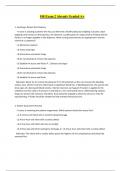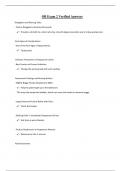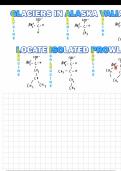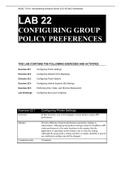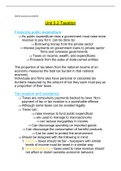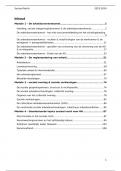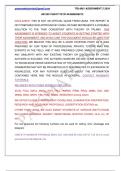Exam (elaborations)
OB Exam 2 Already Graded A+
- Course
- Institution
OB Exam 2 Already Graded A+ 1. Assisting a Patient Post-Delivery - A nurse is assisting a patient who has just delivered a healthy baby boy weighing 7 pounds. Upon applying cord traction on the placenta, she observes a sudden gush of a large volume of blood and the fundus is no longer palpabl...
[Show more]
